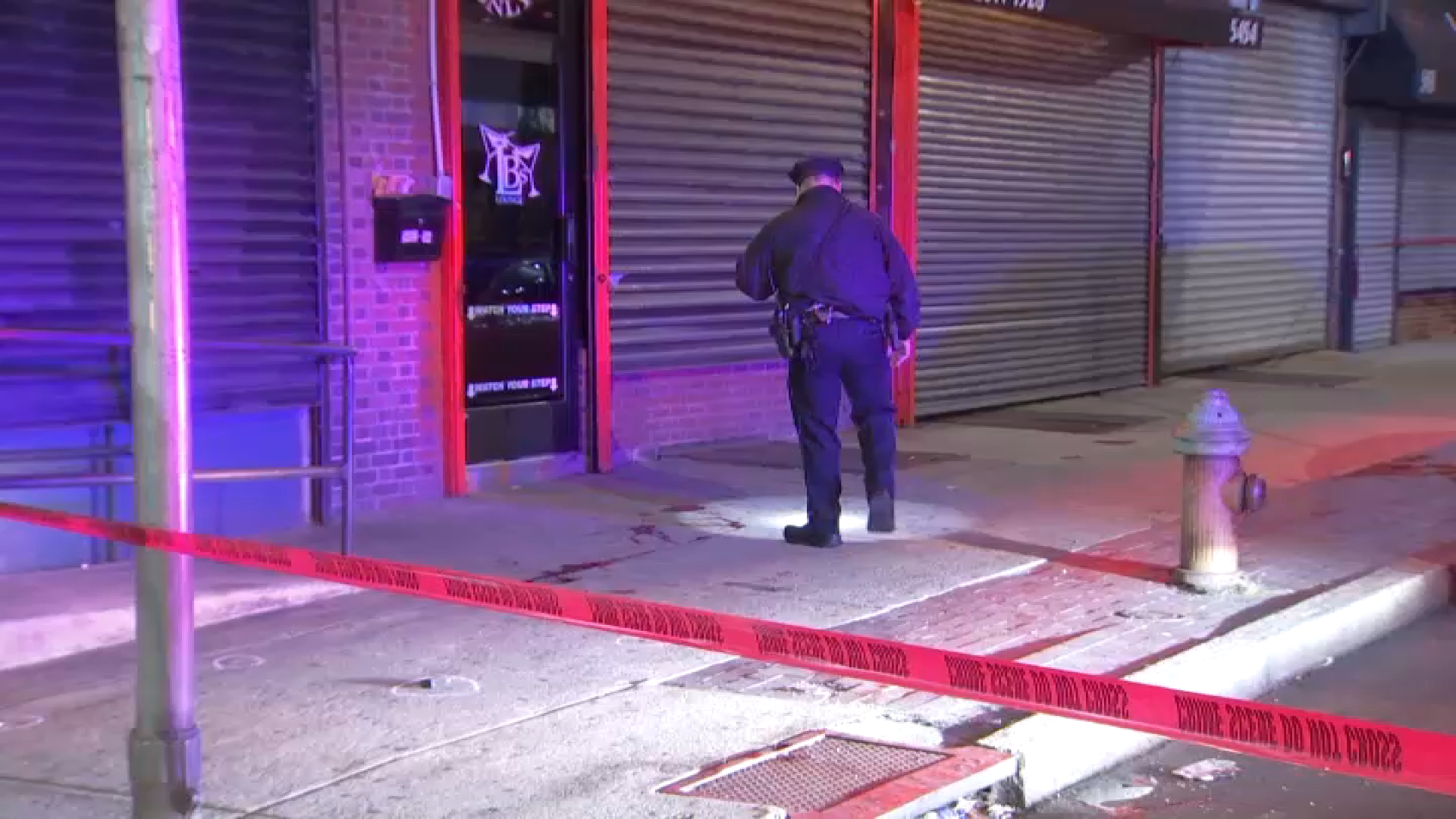Internal documents obtained via a public records request to the Office of Property Assessment (OPA), show new details about how the city’s reassessment team has evaluated its own work.
The documents were obtained by Kenneth Lee Metzner, a Philadelphia lawyer and self-described “concerned taxpayer” who, more than a month ago, submitted a Right-To-Know request asking for data supporting the administration’s claims as to the accuracy of its new assessments.
After invoking the right to ask for 30 additional days to review his request, the city finally responded — though by “asking me to pay for hard copies when they clearly downloaded it from an electronic database, and could have easily put it on a disk, as they have in the past,” Metzner says. At 25 cents per page, the request cost Metzner $234.
The documents reveal details of the reassessment that haven’t been made public before now, including new geographically specific data and show how the OPA evaluated its work internally.
And that internal analysis offers a mixed report: On the one hand, the documents support the administration’s claim to have achieved the (relatively accurate) number of 13-percent for its “coefficient of dispersion” (CoD) — essentially, the margin of error — for the new assessments. The numbers show the extent to which the city’s new assessments have corrected some of the most poorly assessed parts of the city.
But the documents also show that while the goal of a 15-percent or better CoD may have been achieved citywide, the margin of error was significantly higher in some neighborhoods — even according to the administration’s own numbers.
For example: GMA Zone “H,” which encompasses Brewerytown and Strawberry Mansion, was found to have a CoD of 24-percent.
Local
Breaking news and the stories that matter to your neighborhood.
The picture seems to get more complicated the closer you zoom in: a (low-quality) color-coded map showing individual GMAs (as opposed to “zones”) indicates that while most of the city was indeed at or below a CoD of 15-percent, significant chunks of the city (particularly in North Philly, Germantown, West Philly, and near Center City) remain outside the comfort zone of 15-percent to greater and lesser degrees.
First District Councilman Mark Squilla, who became aware of the new figures when Metzner testified at a neighborhood budget hearing Wednesday night, still hadn’t reviewed the figures when AxisPhilly contacted him, but said they appear to represent some of the information Council has been trying to get from the administration for months, if not weeks.
“They were deflecting concentration onto what taxes would be in a certain area,” Squilla said, “and not giving us proof that the assessments are actually accurate.”
“When you do your own analysis of your own work, your numbers tend to be better,” Squilla added. “It’s scary to think that in their own analysis they have areas that are 25-percent off.”
Chief Assessor Ritchie McKeithen, who spoke to AxisPhilly on Thursday afternoon, acknowledged that some GMAs fell outside the 15-percent comfort zone but pointed out that “What you want to focus on is what [the assessments were] when we started … you’re not going to get every area below a certain [CoD] in one year.”
“That,” McKeithen added, would be “what our industry would call ‘something fishy.’”
McKeithen points out that some of the areas that have a CoD above 15-percent also had some of the most inaccurate assessments in the first place.
“What happens now is that we’ll focus on areas that are still above a certain standard, and deal with those,” McKeithen said.
As to why Council members, some of of whom claim to have been asking for just this kind of information from the administration for weeks, hadn’t seen these figures, Finance Director Rob Dubow said that “That’s a conversation we’ll have with them” — and not, that is, with a reporter.



